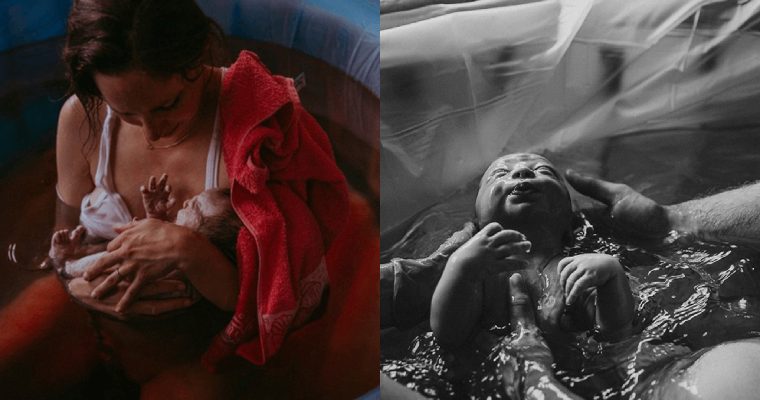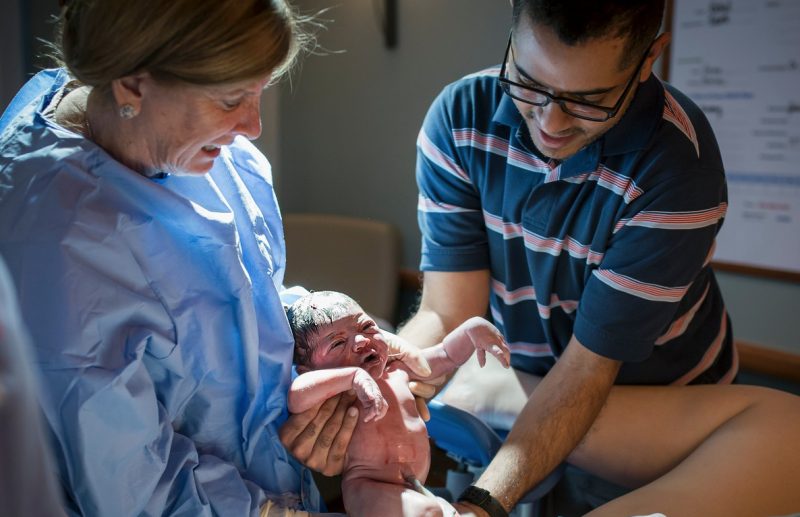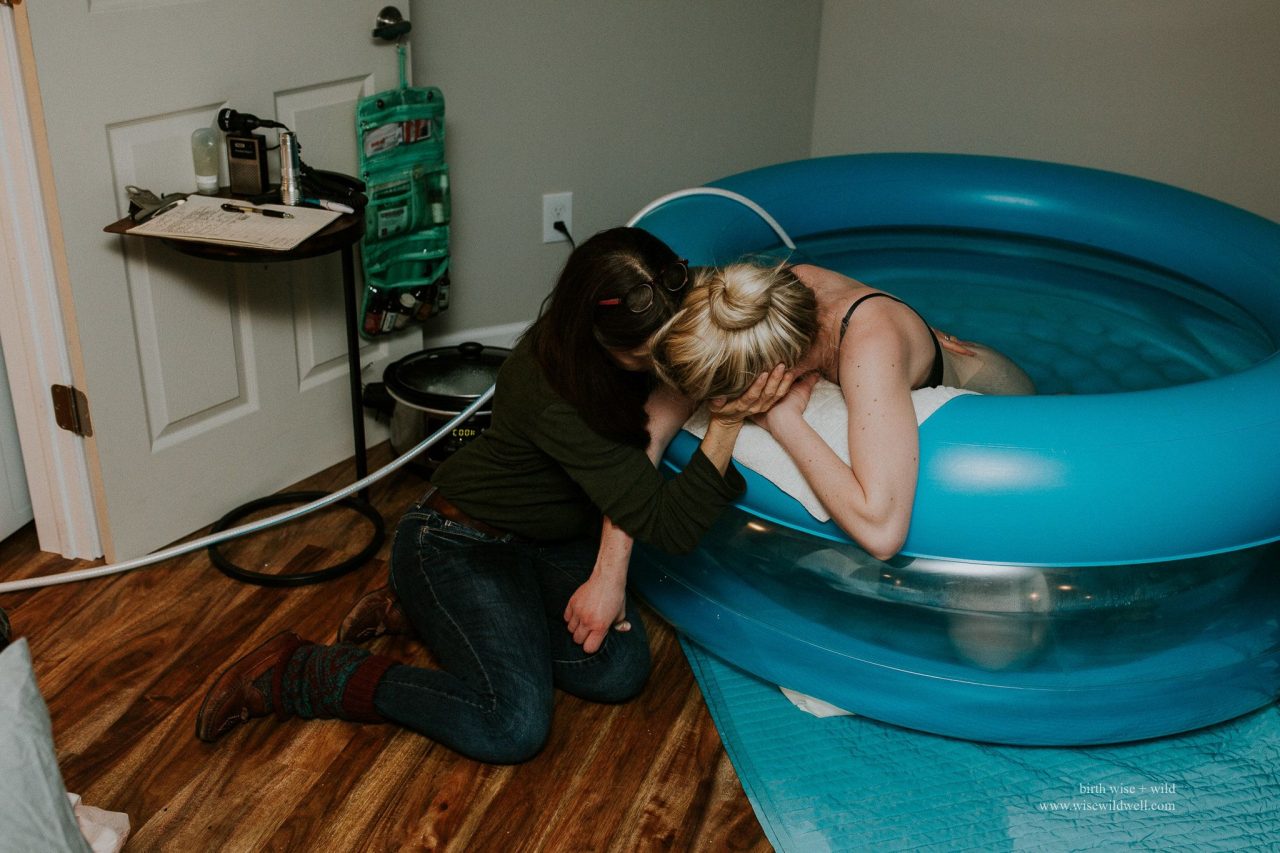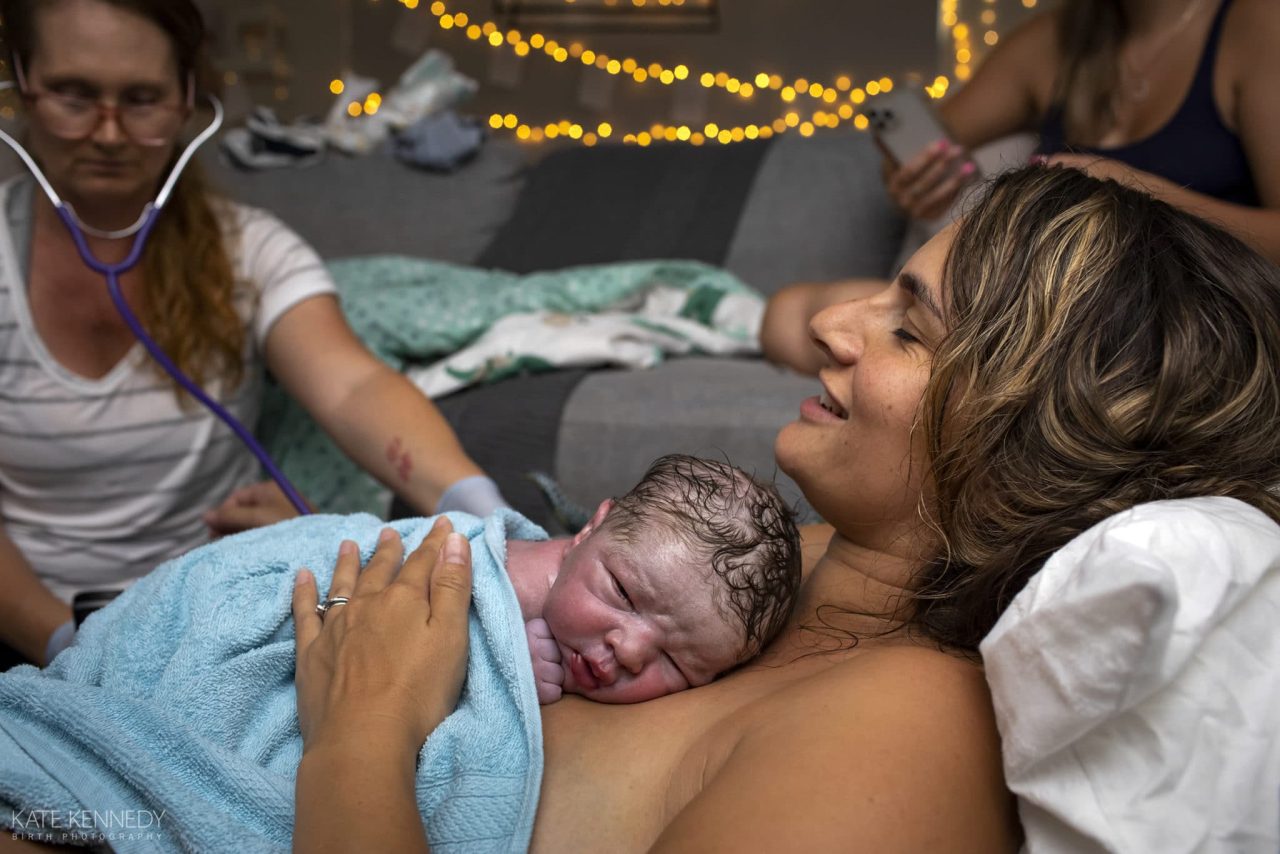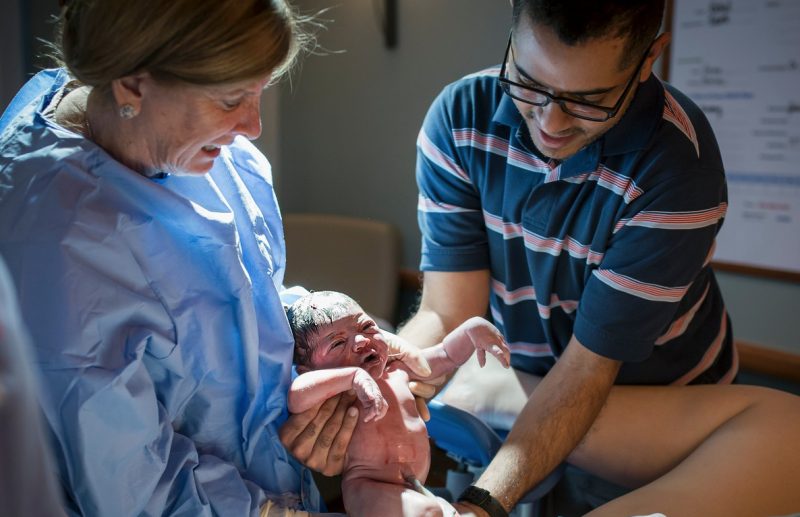Labor is controlled by the parasympathetic nervous system, where oxytocin flows. Often called the “rest and digest” state, why is this important to know? When our bodies are put in a situation where we become fearful or anxious, the parasympathetic nervous system shuts down and the sympathetic nervous system takes over, aka fight or flight! When this happens, labor stops!

Prodromal Labor: When contractions do not yet have a pattern! Consider your uterus to be practicing and training for the big event!
Early Labor: When contractions become consistent but are not yet so close together. This is a great time to rest. The hormone that promotes more labor, oxytocin, is encouraged by feeling safe, secure, and loved. Conserve energy for…

Active Labor: When contractions are longer, stronger, and more frequent. This is when we most lean on our comfort measures and move our bodies to help labor move forward. This is also when we frequently bring in labor support and travel to our birth location if it is not at home.

Transition: The Climax! There are a lot of new sensations as the baby moves down into and through the birth canal. It’s normal for this to feel very intense. You’re doing amazing!
Pushing: It’s time to bring this baby out into the world! Some birthing parents experience the fetal ejection reflex, where they don’t put any effort into the baby coming out — others put a lot of hard work in! Both are normal.
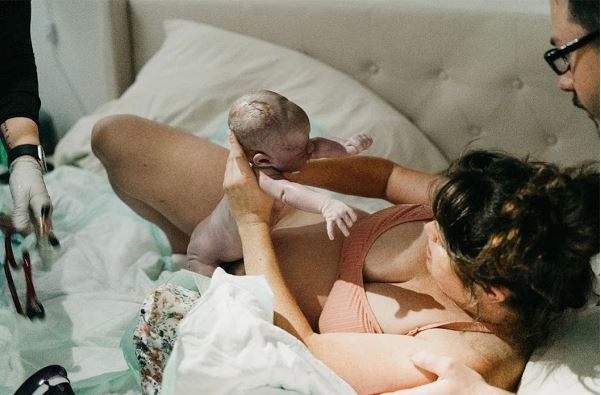
Baby’s Born: Congratulations and Great Work! It’s always amazing to bring a new human into the world, whatever the story is.
Placenta’s Born: The placenta follows soon after the baby. What will you do with yours? Take a look. Bury it? Encapsulate? Art?
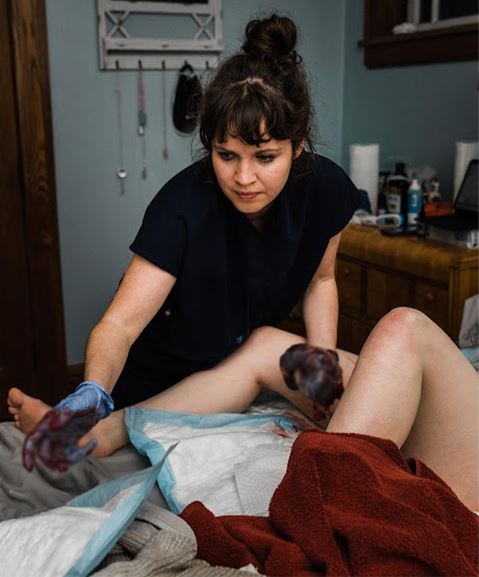
Rest and Recovery: In the days and weeks after having a baby, it’s especially important to take care of your birthing body. But the reality that many birthing people are truthfully shouting is that postpartum is forever!
It is always important to emphasize that this is not the only way people will experience labor and birth! We wish everyone self-love and grace as they hold their labor and birth stories.




